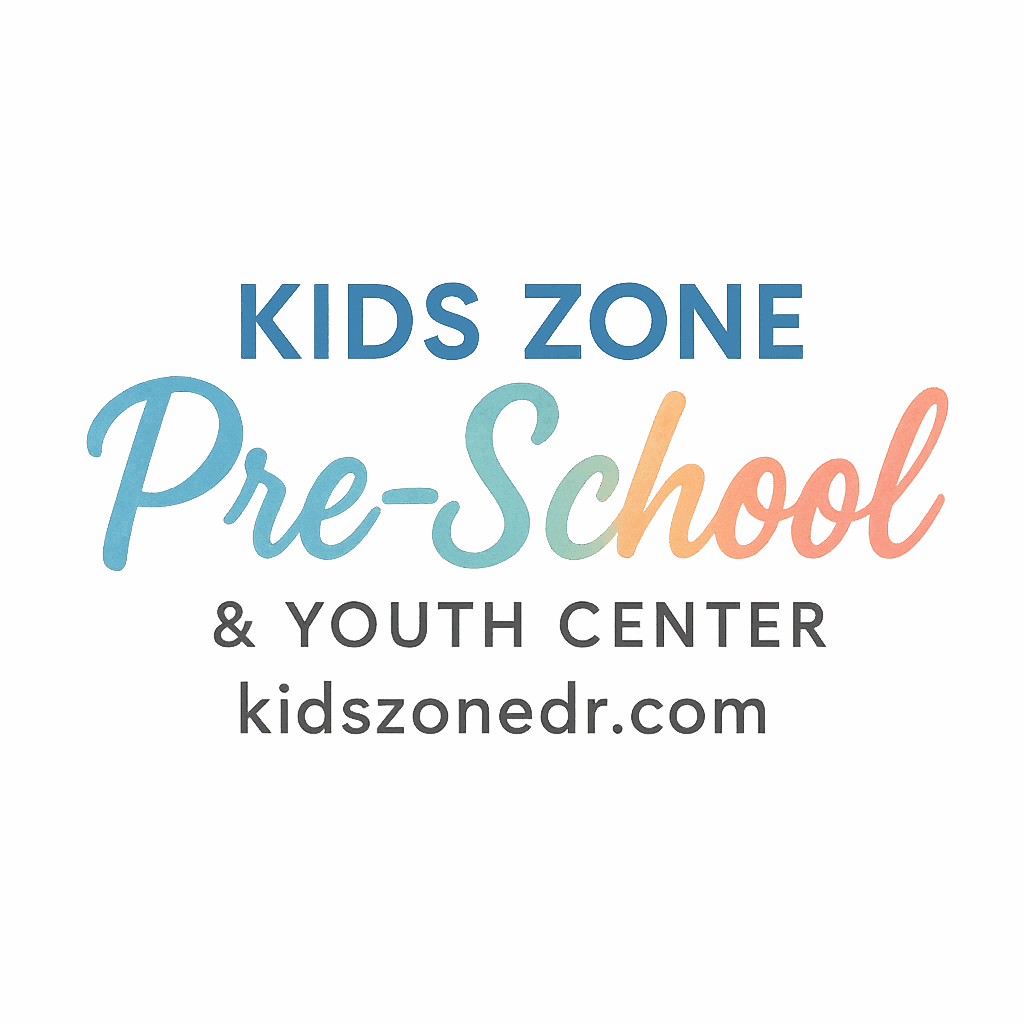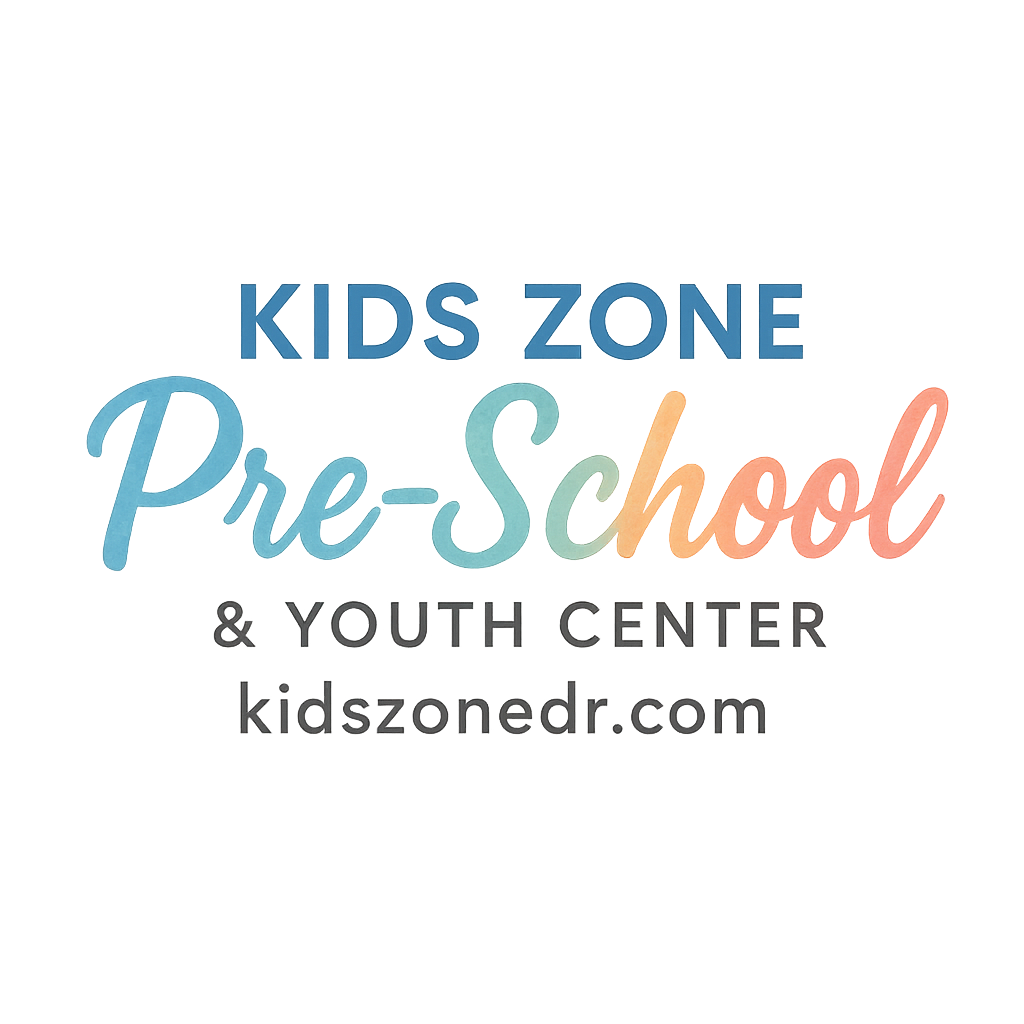Choosing the right preschool is like laying the foundation for your child’s entire educational journey. It’s a big deal! But let’s be honest — with all the shiny brochures, perfect Instagram photos, and overwhelming advice from friends and forums, it’s easy for parents to make a few missteps. And hey, that’s okay — we all want the best for our kids. But by steering clear of the most common mistakes, you can make a confident choice that truly fits your little one’s needs.
Let’s dive into the 6 biggest mistakes parents make when choosing a preschool—and how to avoid them like a pro.
1. Ignoring Your Child’s Personality and Learning Style
Every Child is Different
Not every child thrives in the same environment. Some are social butterflies, others are shy observers. Some love art, while others would rather build block towers all day long.
If you’re choosing a school just because it’s “popular” or near your house, you could be ignoring the most important factor: your child’s unique personality.
Match Preschool with Personality
Some preschools are more structured, while others take a relaxed, play-based approach. If your child needs time to warm up to new situations, a calm, nurturing environment will work better than a high-energy, academic-focused school.
Take your child’s temperament seriously. Observe how they react to noise, new people, transitions, and independence.
👉 Pro Tip: Explore more about learning and development in preschool to understand how to match your child with the right environment.
2. Overlooking the Importance of Daily Routines
Structure is Key
Kids thrive on routines — even if they pretend they don’t. A predictable daily schedule gives them a sense of security and helps with transitions like drop-off and nap time.
Skipping this aspect during your research is a mistake that can lead to stress (for both of you).
Ask the Right Questions
Ask to see the preschool’s schedule. Is there a balance between learning, play, snacks, and naps? Are transitions smooth and predictable?
A great resource on this topic is daily routines & activities in preschool. You’ll find what a balanced day looks like and what to expect.
3. Not Researching the School’s Philosophy and Curriculum
Traditional vs. Play-Based Learning
Every preschool has a teaching philosophy, whether it’s Montessori, Reggio Emilia, Waldorf, or a hybrid. Some are structured and teacher-led, others are more exploratory and child-led.
Choosing without understanding the educational philosophy can result in your child feeling overwhelmed or unstimulated.
Aligning Values with Curriculum
Do you value creativity and independence? Or are you looking for early reading and math skills?
Knowing what each philosophy emphasizes allows you to choose a preschool that supports your parenting style and long-term goals.
Need help? Check out Choosing the Right Preschool for deeper insight into selecting based on philosophy.

4. Focusing Too Much on Academics
Preschool is About the Whole Child
Sure, it’s nice when your 4-year-old can count to 100 or write their name. But preschool isn’t about test prep.
It’s about nurturing emotional, social, and cognitive growth. Kids learn how to share, express feelings, ask questions, and build friendships.
Social Skills and Emotional Growth Matter Too
If you’re only looking at reading readiness and ignoring things like social play and problem-solving, you’re missing a big piece of the puzzle.
Explore the tags #child-talk, #confidence, and #learning to better understand holistic development in preschoolers.
5. Ignoring Health, Safety, and Cleanliness Standards
A Safe Environment Equals Peace of Mind
This one’s a biggie. Don’t assume a preschool is safe just because it looks clean or has a fancy building.
Ask questions: How are illnesses handled? Is there a nurse or health officer? What happens if there’s an emergency?
Hygiene is a Big Deal
From diaper changes to snack time, hygiene protocols can make a huge difference in keeping your child healthy.
Read more on health and safety in preschool to understand what standards to expect and how to spot red flags.
Also, browse the #wellness and #healthy-eating tags for tips on staying healthy at school.
6. Forgetting to Consider Parental Involvement and Communication
Parents Are Partners
Preschools aren’t just for kids — they’re for parents too. One of the biggest mistakes is choosing a school where the staff doesn’t engage families or value parent feedback.
A good preschool welcomes parents into the learning process and encourages participation in activities and events.
Communication Channels Matter
Is there a newsletter, parent app, or weekly email update? Can you talk to the teacher regularly?
Strong parent-school communication makes everything easier.
Learn more about parental guidance and involvement and the benefits of volunteering in your child’s early education.
Choosing the Right Preschool the Smart Way
Checklist for Parents
Here’s a quick checklist to keep you on track:
- ✅ Understand your child’s temperament
- ✅ Ask about the daily routine
- ✅ Understand the teaching philosophy
- ✅ Tour the classrooms and ask about cleanliness
- ✅ Look at teacher-child interactions
- ✅ Ask about staff training and qualifications
- ✅ Check parent communication methods
Key Questions to Ask
- How do you handle behavioral issues?
- What does a typical day look like?
- What’s your policy for sick kids?
- How do you support emotional development?
You’ll find more useful questions in the #questions tag section!
Conclusion
At the end of the day, no preschool is one-size-fits-all. The best one for your child is the one that makes them feel safe, seen, and supported — not just academically, but emotionally and socially too.
Avoiding these common mistakes can save you a lot of stress, money, and heartache. Be intentional, do your homework, and trust your gut.
And remember — preschool is just the beginning of a beautiful learning journey.
Dive deeper into child development, parenting tips, and early education at KidsZoneDr.com.
FAQs
1. What age should I start looking for a preschool?
It’s best to start researching about 6-12 months before your child is ready. Popular schools often have waitlists!
2. What is the ideal teacher-to-child ratio in a preschool?
Look for a ratio of around 1:6 for toddlers and 1:10 for preschoolers.
3. Should I choose a preschool close to home or work?
Both have benefits. Choose based on convenience, traffic, and how easy it is for drop-off and pick-up.
4. How do I know if my child is ready for preschool?
If they can follow simple directions, handle basic routines, and separate from parents for short periods, they’re likely ready.
5. What red flags should I look for during a school tour?
High turnover, vague answers, lack of structure, or poor hygiene are all red flags.
6. Can my child attend preschool if they aren’t potty trained?
Some schools accept children who aren’t potty trained, but policies vary — always ask.
7. What if my child has a hard time adjusting?
Transitioning can be tough. Find a school with supportive teachers and clear routines to ease the process.


